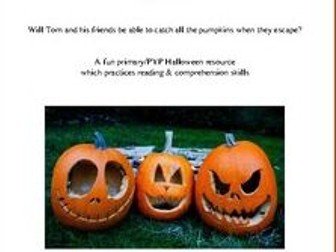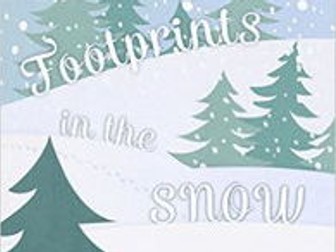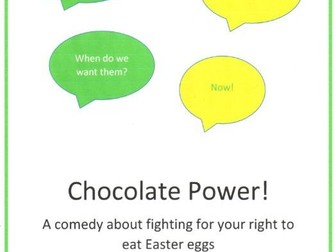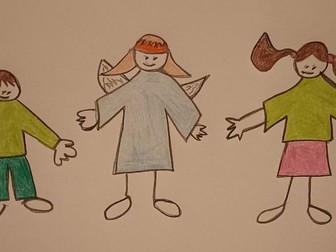
Rhyming Frank - catching a confidence trickster
‘Rhyming Frank’ is a comedy play which explores the issue of confidence tricksters in a humourous way. At the beginning, Gran’s family think she’s a little bit bossy and a little bit dotty - a proper matriarch who might be sitting on lots of money. When Gran suddenly asks granddaughters Kate, Shelley and Charlotte to find Rhyming Frank, they indulge her, but have no idea who she’s talking about.
The three sisters each try to find Rhyming Frank in their own way. Shelley dresses her boyfriend up in a disguise, Charlotte gets a photo of their dear departed Grandad (because he was called Frank) and Kate visits a local home for the elderly, thinking Rhyming Frank might live there. All of their plans fail and the family confront Gran about who Rhyming Frank is and what’s going on.
When Rhyming Frank finally arrives, they learn why he has his name. He speaks in rhymes all the time! As Mum and the girls secretly listen to his conversation with Gran, they realise he’s a confidence trickster who’s out to get her money. The police are called and Frank is arrested.
On a practical level, the play has 20 scenes, which are mostly quite short and mostly take place in one location in Gran’s home. The dialogue is in typical ‘family conversation’ style and there are no huge blocks of dialogue to learn, so the script would be helpful as a way into drama for students who aren’t feeling so confident and want something less challenging.
I recently workshopped the script with older members of an evening drama group but it definitely has a ‘teen’ feel. In school I feel it would work best with, and be most appropriate for, students aged 14+.



